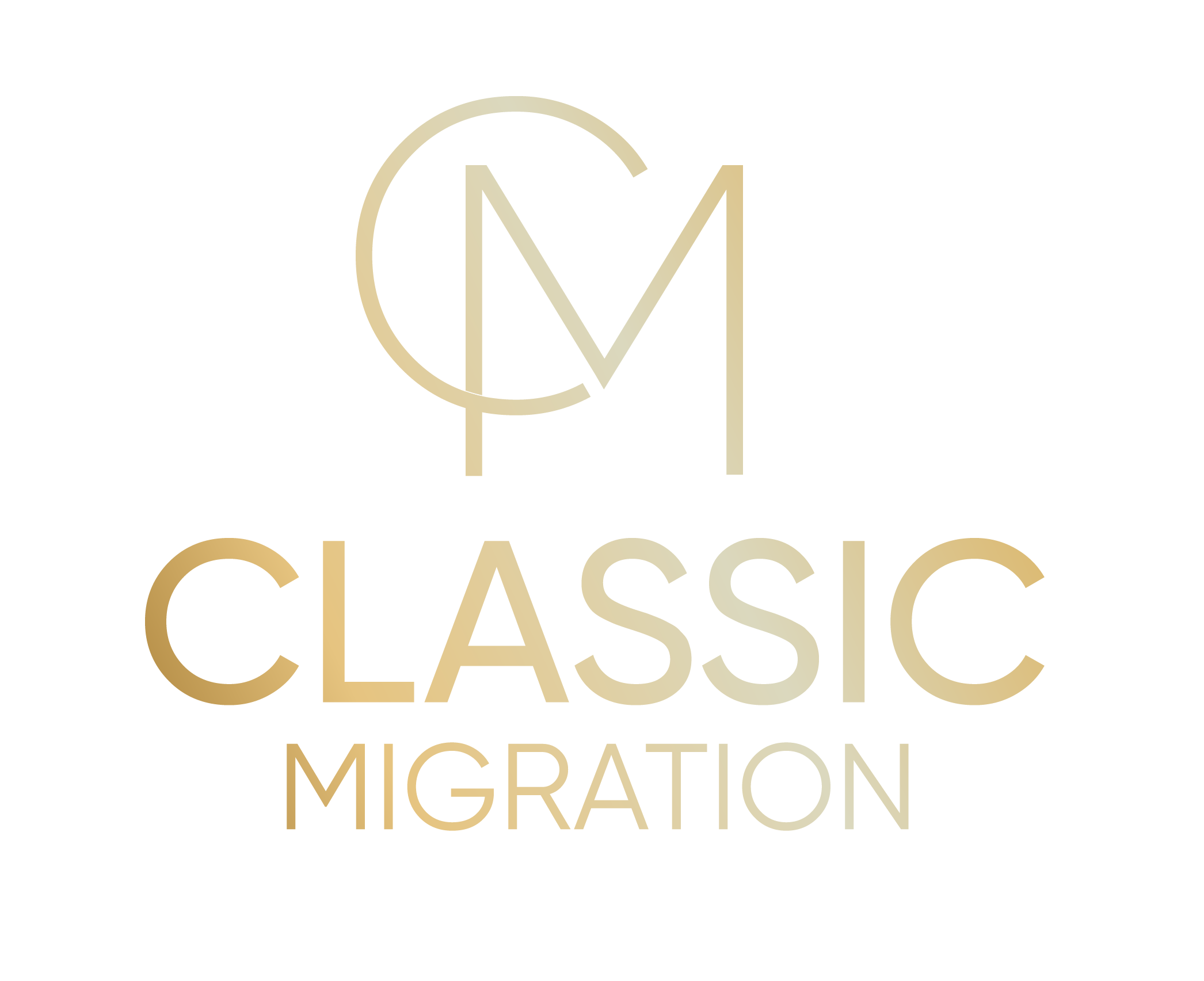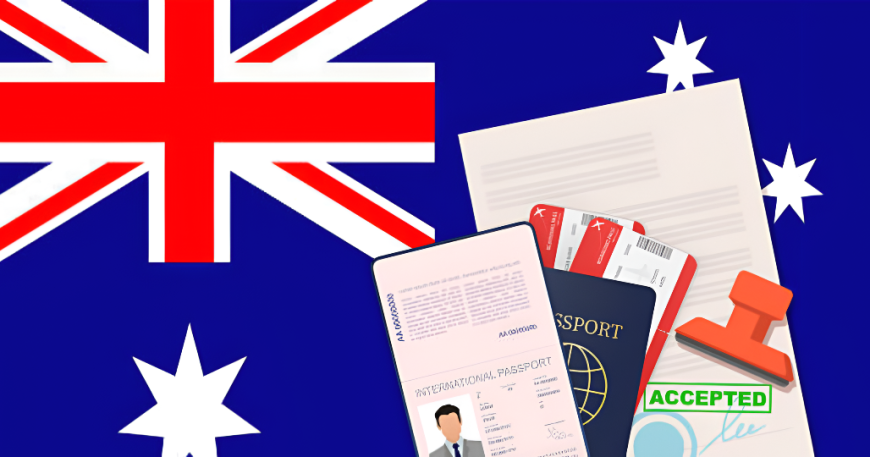In recent months, the 407 Training Visa has received a significant increase in applications. This visa is designed for people who want to improve their skills by learning at work. Recently, the 407 Training Visa has attracted the attention of recent graduates, skilled workers and mid-career professionals from various countries. If you want to gain experience abroad, improve your skills or fulfill your field’s registration rules, the 407 Training Visa gives you access to useful learning opportunities in Australia.
Here, we will explain everything you should know about the 407 Training Visa, such as who can apply, what is required, how long it takes to process and its main benefits.
What is the 407 Training Visa?
The 407 Training Visa Subclass 407 (also known as the 407 Training Visa) is a temporary visa that allows you to join a training programme in a workplace in Australia. This visa is made for those who wish to develop their abilities, get practical experience or satisfy the requirements for registration or licencing in their profession. The 407 visa gives anyone, whether they are students, professionals or preparing for accreditation, a great way to learn and adapt to Australian work culture.
This visa is mainly for:
- People who need hands-on training to get licensed or registered in their occupation
- Overseas graduates who want some real-world work experience
- Professionals wanting to develop their skills through capacity-building programs
- With this visa, you may live and train in Australia for up to 2 years, depending on the details of your training and your sponsor.
- Working on projects gives you useful experience and helps your career grow.
407 visa Australia requirements
To apply for the Subclass 407 Training Visa, you’ll need to meet a set of eligibility criteria and provide supporting documents that prove your suitability for the program. The Government requires these things to ensure that the visa is used only for training or moving to Australia for a job. You need to show that your training is related to your work and that you and your sponsor obey all the regulations.
Here are the main things you should have to apply successfully:
Passport and IDs.
You will need to show a valid passport, birth certificate and national identity documents so they can be checked.
Invitation Letter.
You must have an invitation from an approved Australian sponsor to participate in the occupational training programme.
Sponsorship Proof.
Only authorised Temporary Activity sponsors are allowed to offer training. The sponsor is required to provide thorough information about the training plan and your participation in the programme.
Volunteer Forms.
If you do unpaid voluntary work as part of your training, you need to submit the agreements for those activities.
Qualification Documents.
Academic transcripts, diplomas or certificates that show you have the qualifications for the job you are applying for.
Financial Funds Documents.
You must demonstrate that you can take care of your finances during your stay in Australia. Examples of this would be your most recent bank statements, documents showing your income or letters from your sponsors.
Health Insurance.
You should get Overseas Visitor Health Cover (OVHC) for the whole time you are in Australia.
Evidence of English Language Proficiency.
You have to satisfy the English language requirements for the 407 visa which are usually demonstrated by test scores.
IELTS (with a total score of 4.5)
TOEFL iBT (score of 32)
PTE Academic (with a score of 30)
Cambridge English (score of 147)
If you are from an English-speaking country or have taken your education in English, you may be exempt.
Proof of Good Character.
This means getting police clearance certificates for all countries where you have lived for at least 12 months in the last 10 years.
Occupational Training Requirements.
Your training must fall into one of these categories:
- Training required for occupational registration or licensing
- Training to improve skills in an eligible occupation
- Capacity building for overseas professionals
The training from the appropriate authority or a regulatory body.
If you need training for your licence or registration, you must present documents from the proper professional board or authority.
Australian Values Statement.
You are required to sign a statement that shows you will respect Australian laws and values.
Assistance Documents.
When using a migration agent to help you, you must send Form 956 or Form 956A.
Meeting all the requirements helps your application for the 407 visa go smoothly and successfully. Confirm that your documents are up to date, accurate and quickly prove you are eligible. If you have missing or incorrect details in your application, it could cause delays or lead to your visa being rejected. That’s why you should check everything or consult a registered migration agent.
Top 407 training visa Occupation list:
The 407 Training Visa lets you gain practical experience in many different skilled jobs in various industries. This includes fields such as healthcare, engineering, information technology, hospitality, education and trade. This visa allows you to gain experience and training at work that fits your career ambitions. Here is a list of jobs that are often chosen for the 407 visa, together with their ANZSCO codes. Because these jobs are needed and helpful for professional growth, they are chosen for the programme.
| Occupation | ANZSCO Code |
| Registered Nurse | 254499 |
| Civil Engineer | 233211 |
| Software Engineer | 261313 |
| Chef | 351311 |
| Electrician (General) | 341111 |
| Automotive Electrician | 321111 |
| Aged or Disabled Carer | 423111 |
| Early Childhood Teacher | 241111 |
| ICT Business Analyst | 261111 |
| Construction Project Manager | 133111 |
Many other jobs can be done under the 407 Training Visa, just as these few examples show. The Australian Government updates the list as needed to match the current job market and training programmes. For the full and up-to-date list of eligible occupations, check the Department of Home Affairs website or speak to a registered migration agent.
407 training visa processing time
A major advantage of the 407 Training Visa is that it is processed much faster than many other Australian visas, which can take months. For those who want to start their learning or skill-building in Australia immediately, this makes it a good choice. According to trusted migration sources in 2025, here are the typical timelines:
- Average processing time: 17 days
- 75% of applications: Finalised within 28 days
- 90% of applications: Completed within 40 days
However, remember that the time it takes to process an application may depend on each person’s situation and how well the papers are completed.
Key factors that can affect how long your application takes include:
The application and all its documents must be accurate and complete.
How clearly and thoroughly the training plan is set up
No matter if your sponsoring organisation has already been approved by the Department of Home Affairs
The number of applications being dealt with at any given moment
To improve your chances of faster processing, make sure you:
Send all necessary documents with your application.
Double check to make sure all the details are correct and nothing is missing.
Consult with a professional migration agent if it helps.
Please make certain your sponsor completes and submits their part of the application accurately and on time.
Organising your documents helps speed up and simplify the visa application process. When everything is complete and correct it increases your chances of faster approval.
Benefits of the 407 Training Visa
The Training Visa (Subclass 407) can help you in many ways, both for your career and your personal life. If you are either a new graduate or an experienced worker, this visa makes it possible for you to get training in Australia to progress in your career. The most important benefits are:
1. Skill Enhancement
Get experience by taking part in actual work situations in Australia. The programme is structured to help you improve your skills in your job.
2. Pathway to Professional Licensing
For many professions that need regulation, the 407 visa offers the possibility to train in Australia and meet the requirements for registration or licensing.
3. Cultural and Professional Exchange
Get involved in Australia’s welcoming and multicultural workplace. With this visa, you can practise your profession to global standards and get used to new working methods.
4. Networking Opportunities
While you are there, you can network with professionals, organisations and leaders, which may open new doors for your career, both in Australia and overseas.
5. Lower Application Cost Compared to Other Work Visas
Since the government application fee for the 407 visa is lower than for many other skilled migration visas, it is a more affordable way for people to get international work experience.
All in all, the 407 Training Visa helps you grow professionally, gain experience and meet important people while working and living in Australia. If you are beginning or already have some experience, this visa makes it possible to achieve your aims practically and economically.
Frequently Asked Questions: 407 Training Visa:
What is the Difference Between 407 and 482 Visas?
The 407 visa is a temporary visa that enables people to take part in occupational training in their chosen profession. The 482 visa, by contrast, is a Temporary Skills Shortage (TSS) visa for skilled workers who can work in Australia to address certain skill shortages.
How to find a sponsor for a 407 visa?
You may find a 407 visa sponsor by checking the list of Australian employers and organisations that are Temporary Activities Sponsors. Many places like training institutions, hospitals and businesses have organised workplace training and advertise them online. You can also ask a registered migration agent to help you find people who may sponsor you.
Can I apply for PR after a 407 visa in Australia?
You cannot directly apply for permanent residency (PR) with the 407 visa, but it helps you gain experience in Australia and improves your eligibility for PR. When your training is done, you may qualify for visas such as the 189, 190 or 186 since they are skilled or employer-sponsored.




